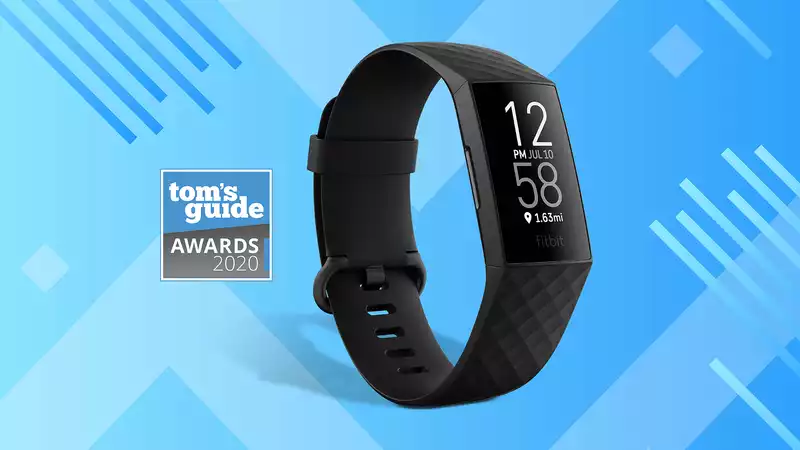The first three generations of the Fitbit Charge had so-called assisted GPS and relied on the phone's GPS So if you wanted to know where you ran or cycled, you had to bring your smartphone In this day and age, when most smartphones are huge phablets, this is not always convenient However, the Charge 4 has built-in GPS, so you can leave your phone at home
Indeed, a handful of competitors have released similarly designed fitness bands with built-in GPS [For example, the Charge 4 uses a heart rate monitor to track active zone minutes (the amount of time your heart beats at a higher rate during a workout), letting you know if you're getting enough exercise each week
The Fitbit Charge 4 can also track sleep, act as a mobile payment device, control Spotify, and view notifications from your smartphone
But more than that, Fitbit has cultivated a community of users who encourage and challenge others to achieve their fitness and exercise goals All of this is accomplished in a $150 device
Indeed, the Fitbit Charge 4 is facing stiff competition from similarly priced smartwatches such as the Apple Watch 3 and Garmin vivosmart 4, but the Charge 4 combines the best features and functions in a slim tracker The only thing this fitness tracker lacks is music storage
This is why the Fitbit Charge 4 was voted best fitness tracker in the inaugural Tom's Guide Awards










Comments